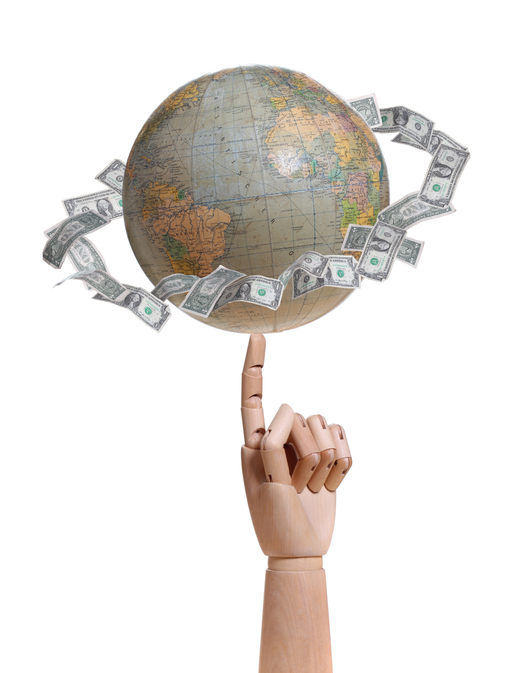“Silver and Gold! Silver and Gold! How do you measure its worth? Just by the pleasure it gives here on Earth!” – Sam the Snowman from Rudolph the Red-Nosed Reindeer
I can’t help but think about Cornelius the prospector from the Rudolph movie when people ask about investing in silver and gold. However, it is a fair question in these uncertain times. So, is buying silver and/or gold a good investment?
First, let us consider reasons one may want to own silver and/or gold.
There are several reasons to own silver or gold. Personally, I started buying rare coins as a kid at age ten. (Boy, were my parents mad when I bought a penny for $200!) For me, this was only a hobby and not an investment, in my mind. I enjoyed the history of the coins and the beauty of each. This is called numismatics.
There are, however, investment reasons to own silver/gold, as well. One is diversification. Oftentimes, the prices of silver and gold move inversely to the prices of stocks, thus adding diversification to a stock and bond portfolio. This can be nice to have when the market is dropping, such as the financial crisis of 2008!
The biggest reason, in my opinion, to own silver and gold is a way to hedge against inflation. Essentially, silver and gold are viewed as the opposite of fiat currencies like the U.S. Dollar. This is because the supply of silver and gold is limited while the supply of fiat currency is, theoretically, unlimited (as we have seen recently with our Federal Reserve printing trillions of dollars to fight the COVID-19 pandemic). Generally, investing in silver/gold is effective when there is speculation that central banks will increase money supply or other factors that may lead to high inflation, especially hyperinflation.
So HOW would one invest in silver and/or gold, and what are the COSTS involved?
One option is to buy stock in gold or silver miners. This is easy to do with little cost involved (just a typical brokerage commission). However, this option does not necessarily track the price of gold or silver. What if the company you purchase has legal issues, unexpected costs, a mine collapse, etc.? For example, the biggest gold miner in the world, Barrick Gold, had environmental issues at their largest mine years ago called Pascua Lama. This mine is in the Andes mountains on the border of Chile and Argentina. Environmental issues were so bad, the Chilean government halted the project (and has yet to approve it) even though Barrick had already spent over $5 billion dollars!
Another option is to buy an ETF that tracks the price of silver or gold such as SLV or GLD. The problem with this option, however, is that an investor cannot necessarily get their hands on actual silver or gold! For example, if you own GLD shares (the symbol for SPDR Gold Shares ETF), in order to convert to physical gold you must be an authorized participant and deal in 100,000 share blocks. This would equal a monetary value of well over $10 million! This option also involves something called counter-party risk. This means owning GLD or SLV, which is a paper asset backed by gold or silver, one may not be able to exchange their shares as they would physical bullion (gold or silver in the form of bars, ingots, or coins such as silver eagles) in times of geopolitical stress.
A third option is to buy physical silver and/or gold. This option allows you to own physical silver or gold (typically bullion, not numismatic). The positives to this are as follows: you know exactly what you own, you have it in your possession, and there is no counter-party risk. There are, however, risks here as well. Owning physical silver/gold means storage (which includes the risk of theft), liquidity (how do you sell it?), and costs (transaction costs are typically higher).
So, back to the original question: Is investing in silver/gold a good idea?
The answer is…..maybe! Unlike stocks and bonds, silver and gold do not pay any sort of yield (a stock dividend or a bond interest coupon). It does not innovate or create new products and does not grow revenues or earnings. The price of silver and gold is driven entirely by supply and demand, which means it is purely speculative. Yes, it can help you diversify, but a stock and bond portfolio should already be properly diversified. This leaves silver and gold as, quite simply, a store of value– an insurance policy against high inflation/hyperinflation. Perhaps it lets you sleep better at night in times of uncertainty. In this case, I do not believe there is anything wrong with having a small percentage of a portfolio in silver and gold.
As with any investment, be well informed and knowledgeable about what you buy and own. As Peter Lynch, the famed Fidelity Investment Manager said, “You have to know what you own, and why you own it!”
QUESTIONS?
Do you have questions about personal financial planning or investing? Contact us today!



